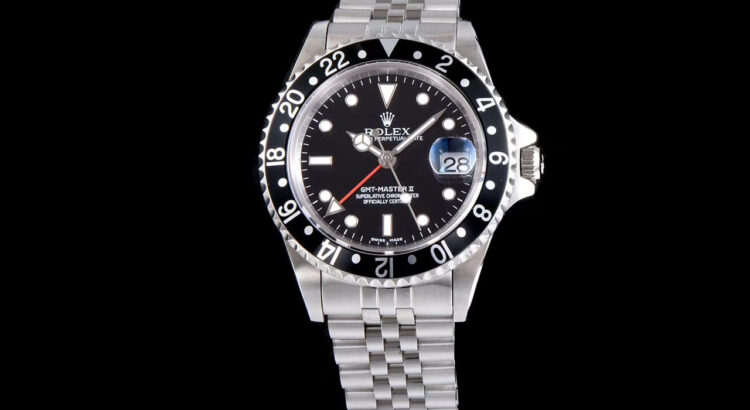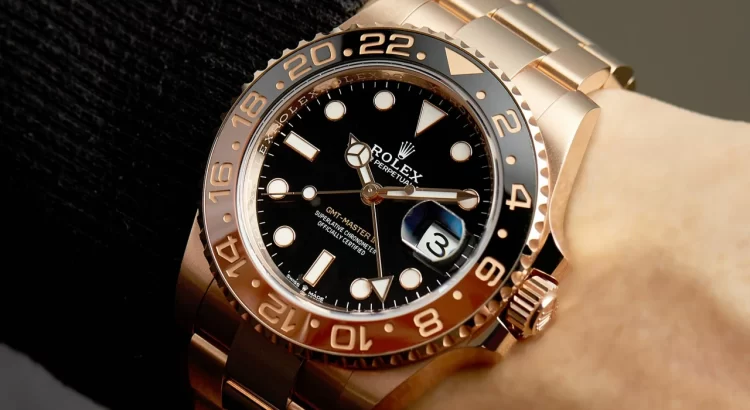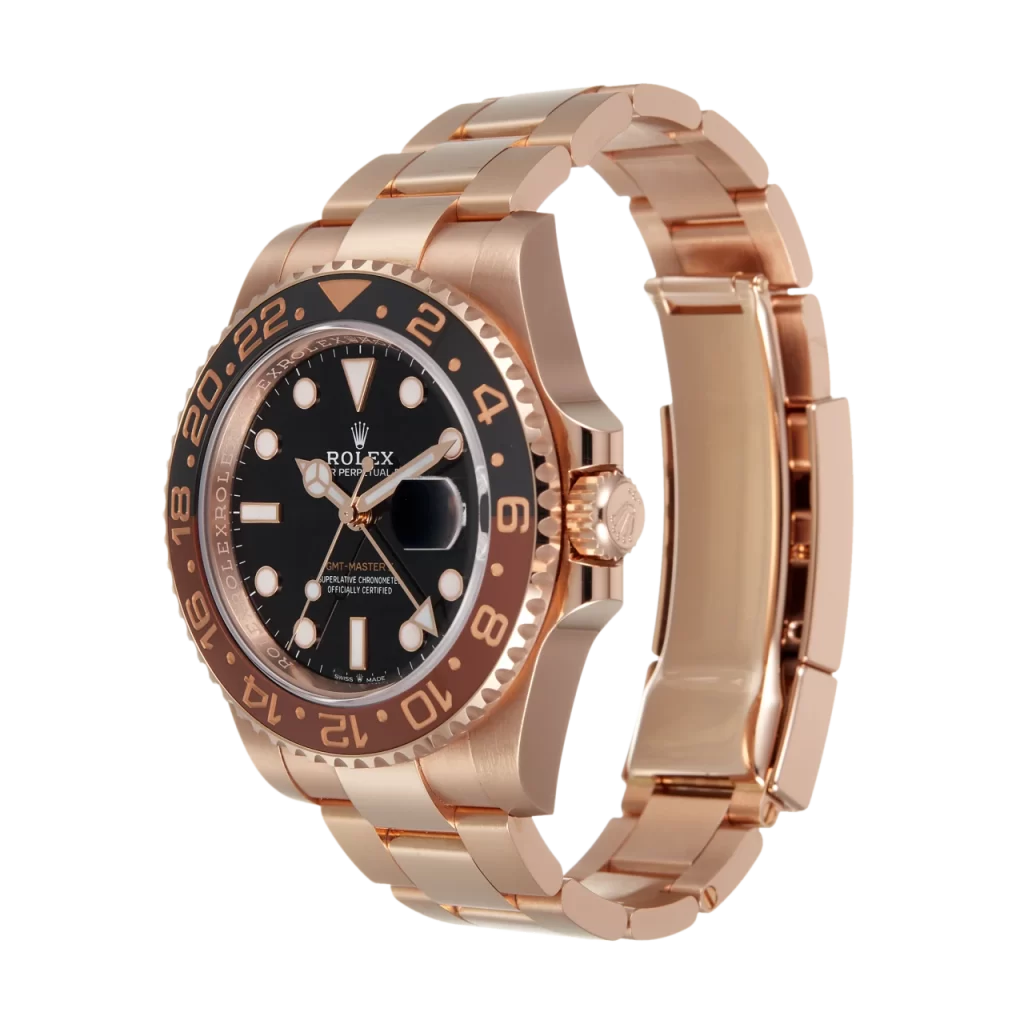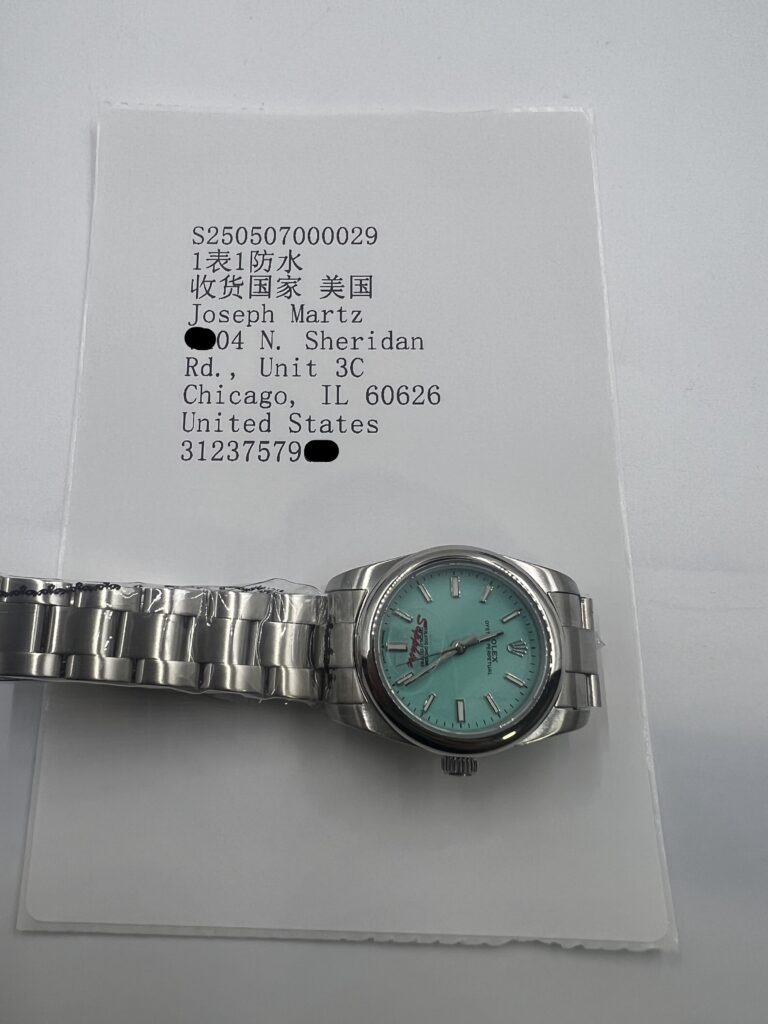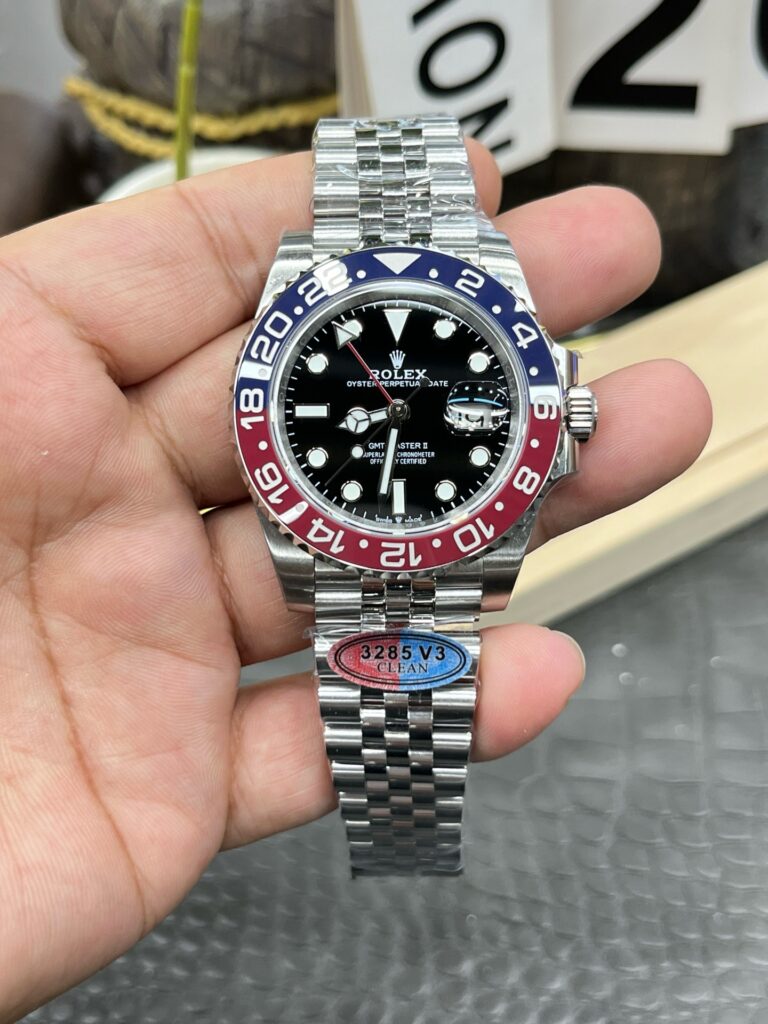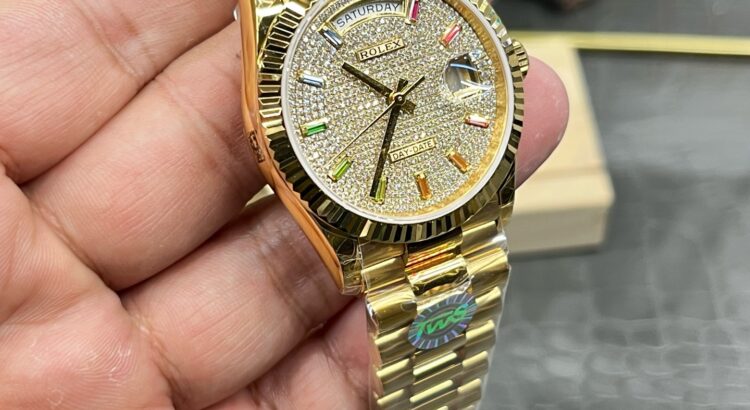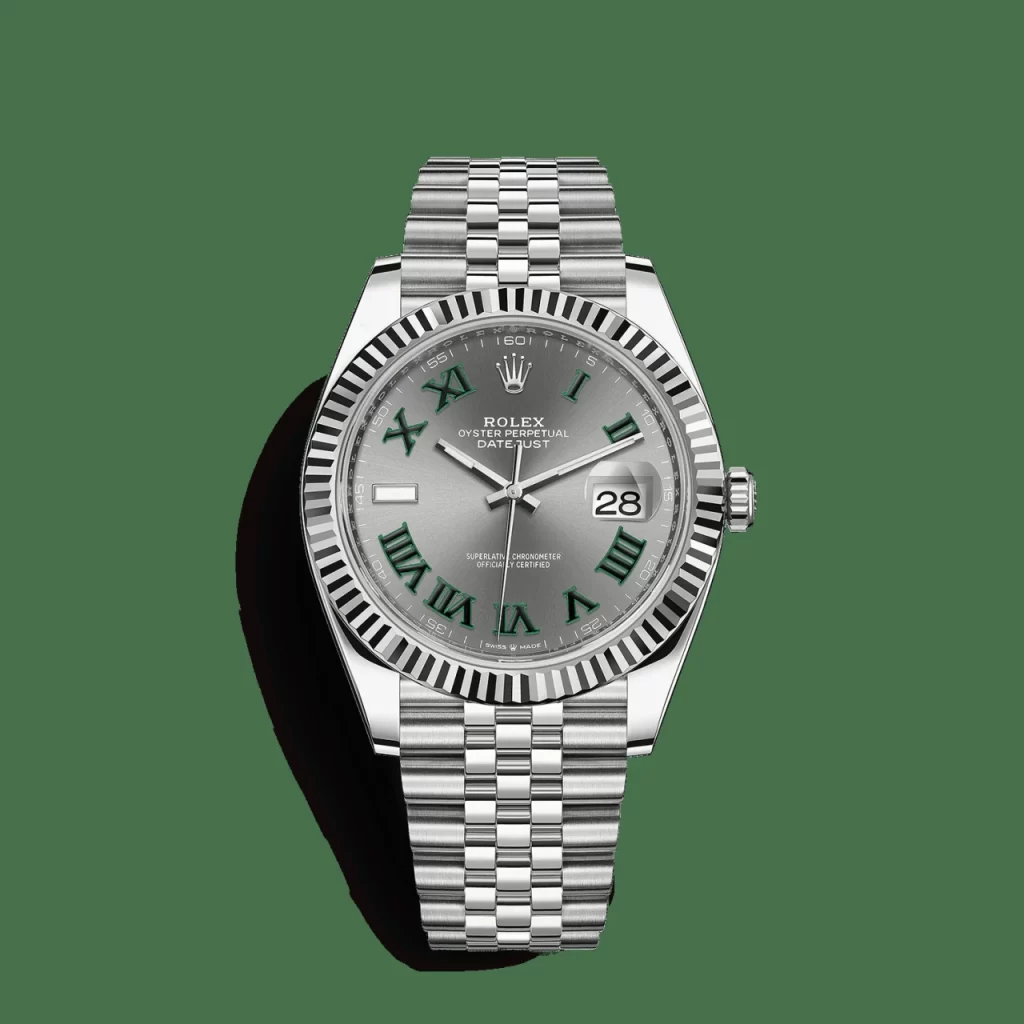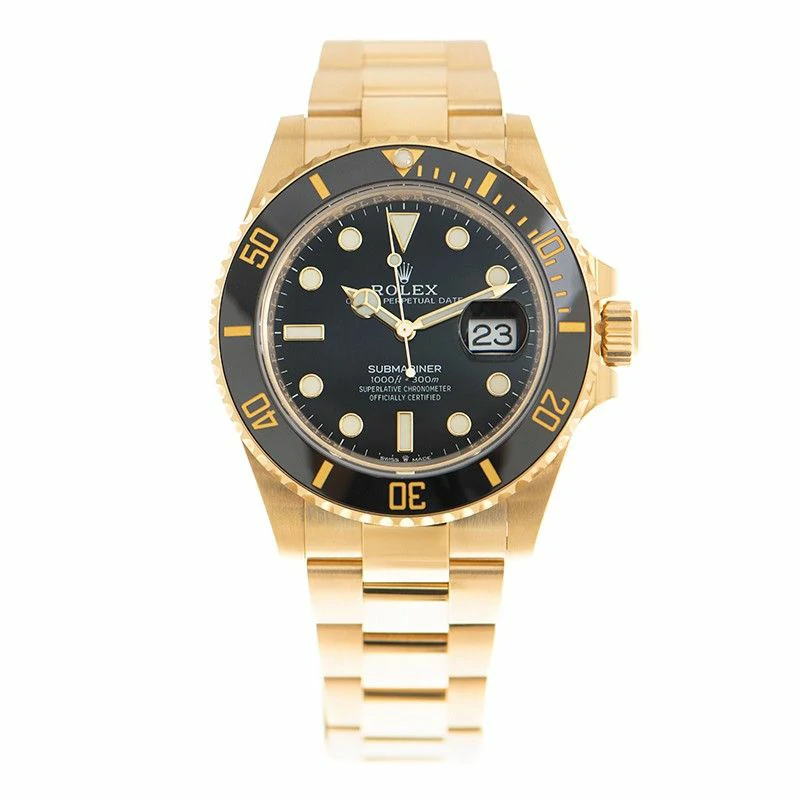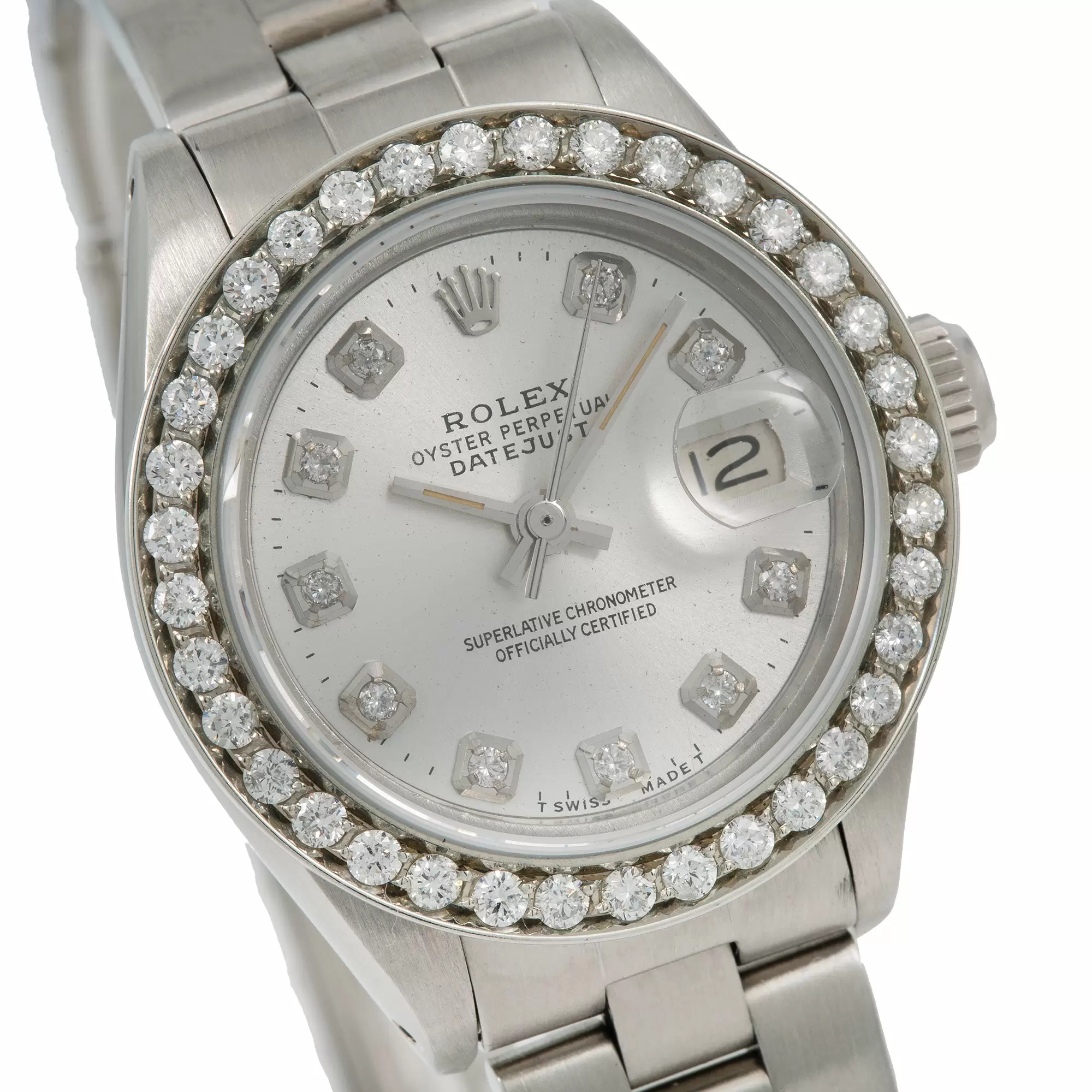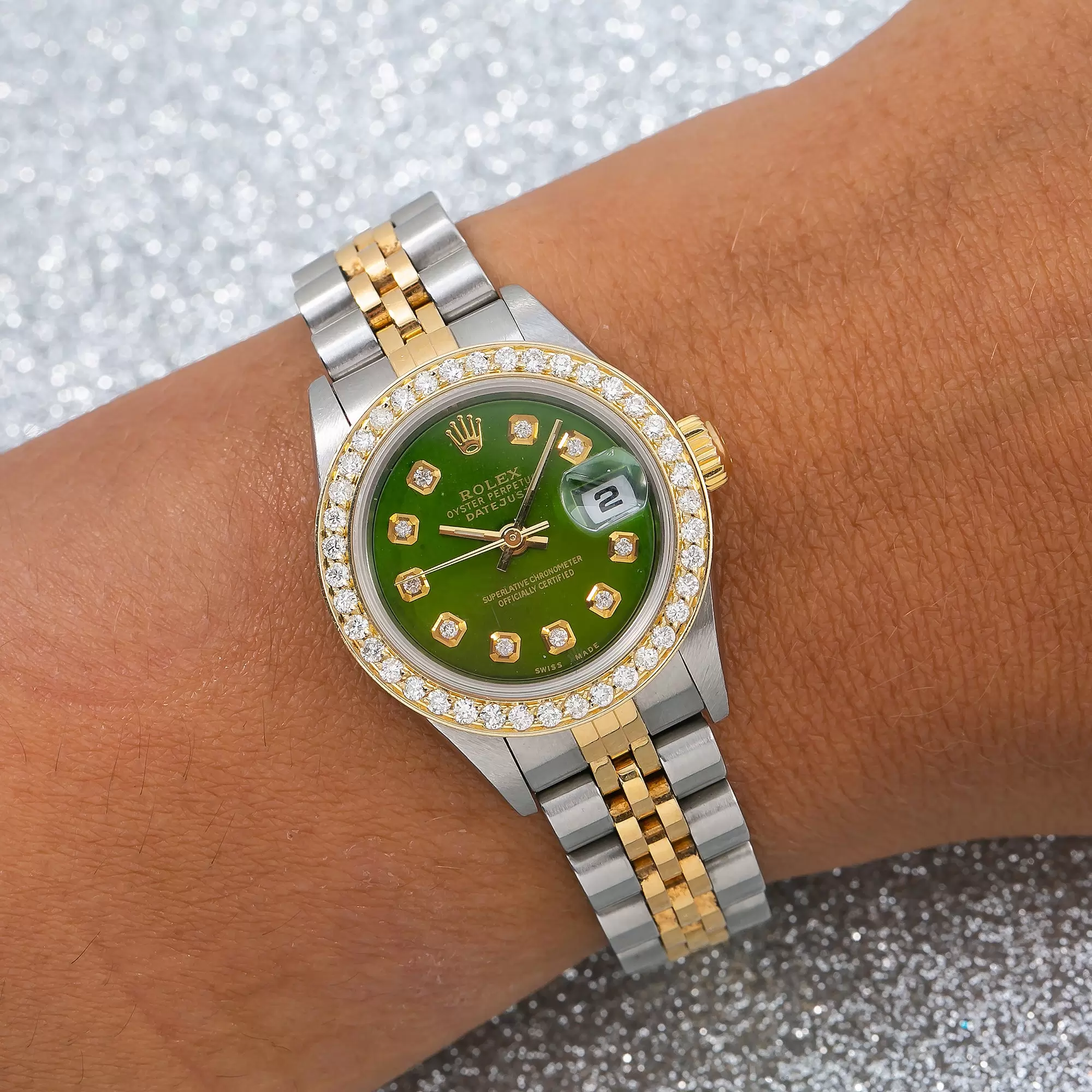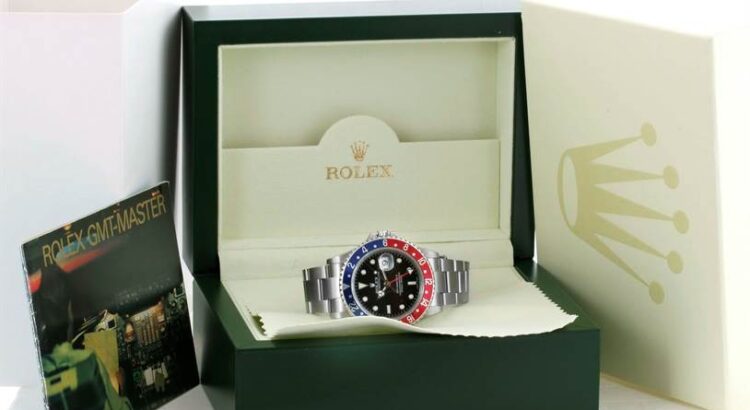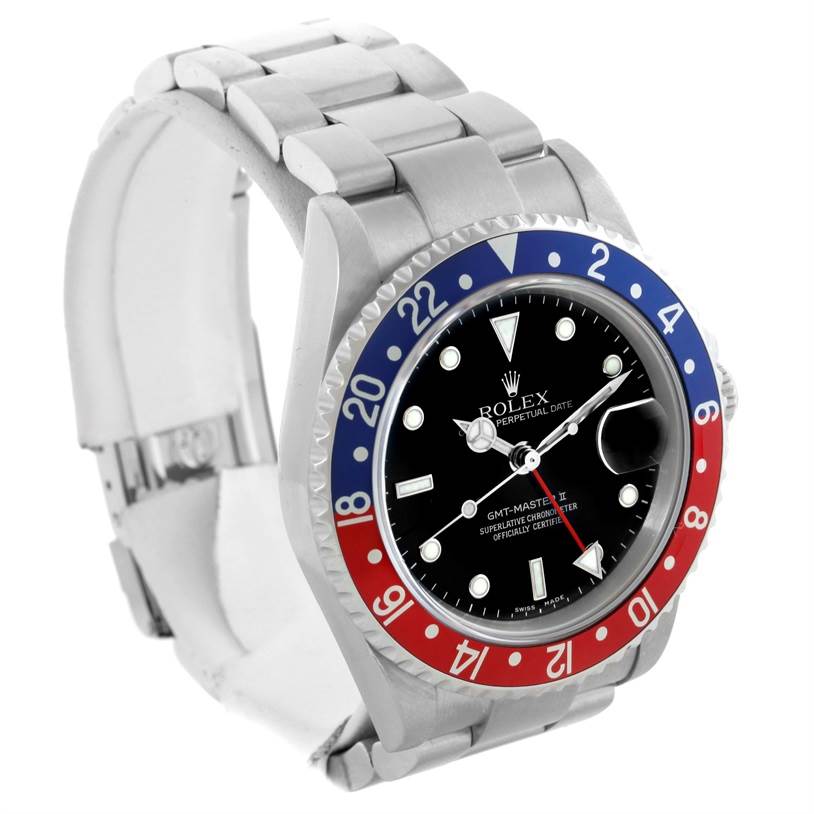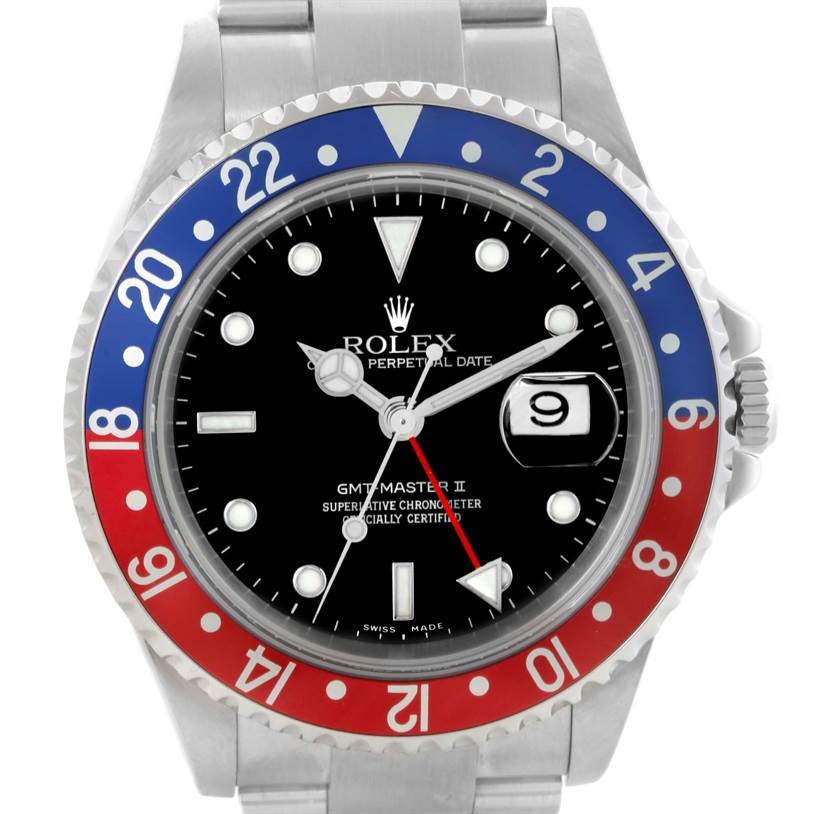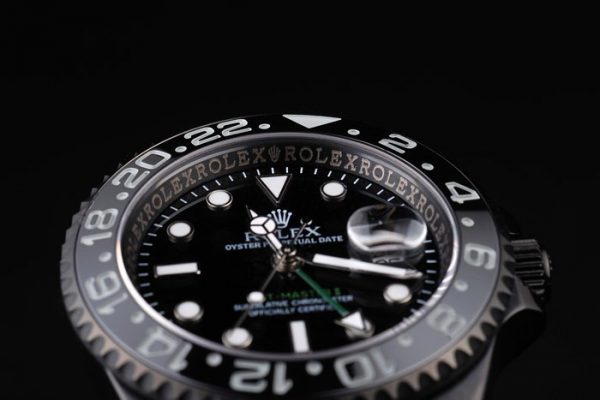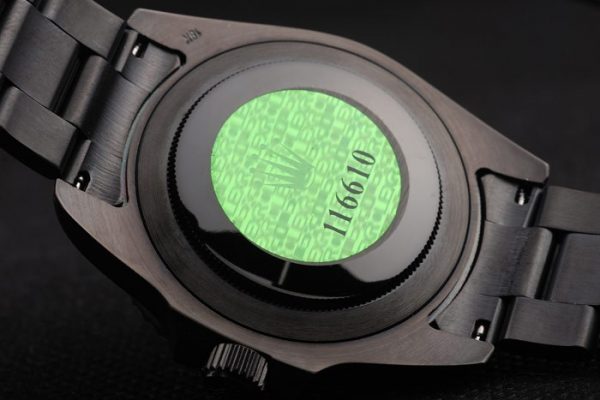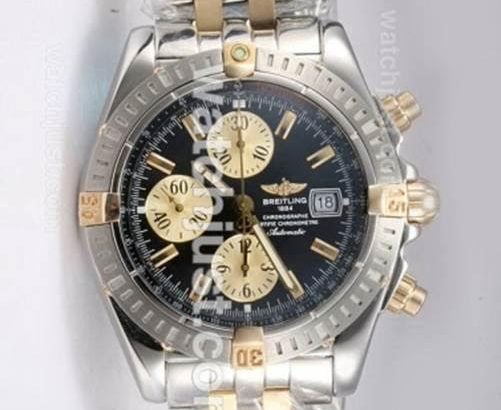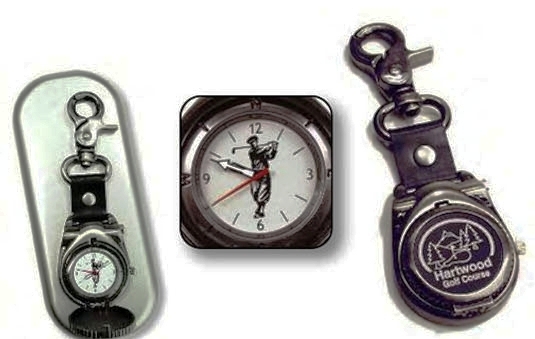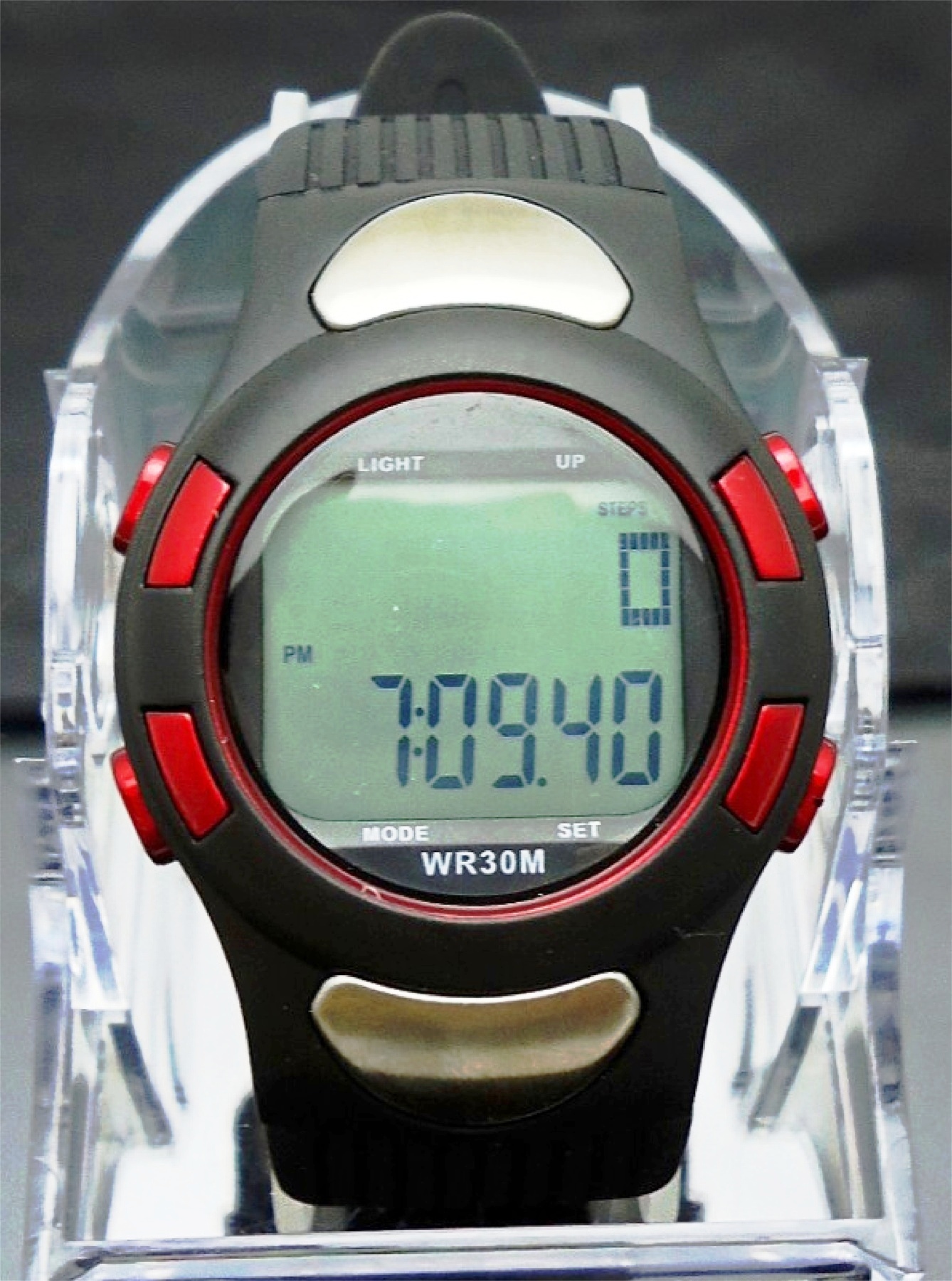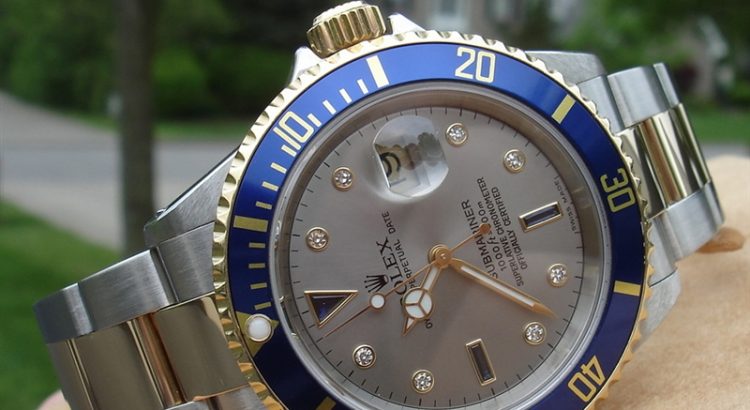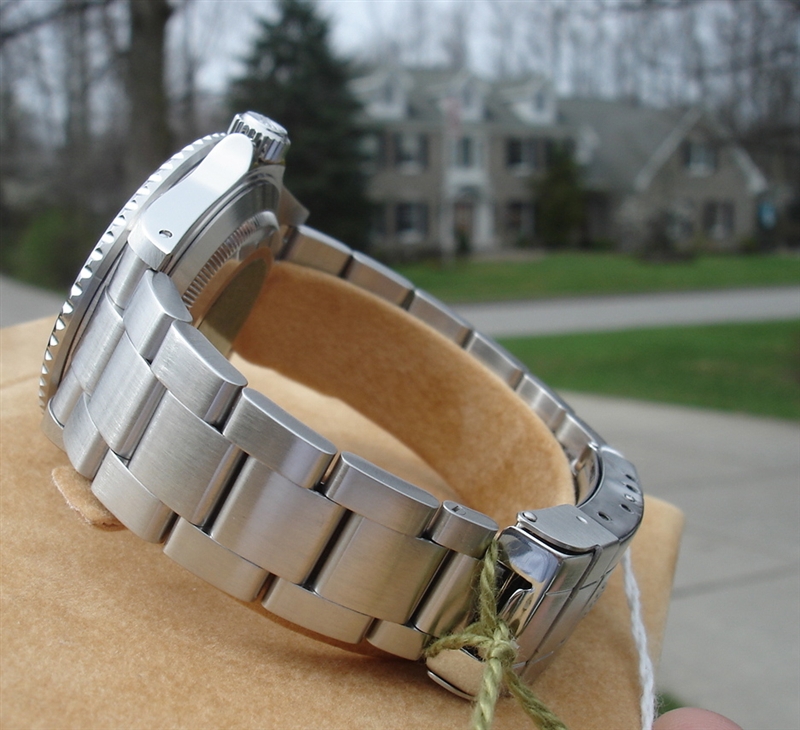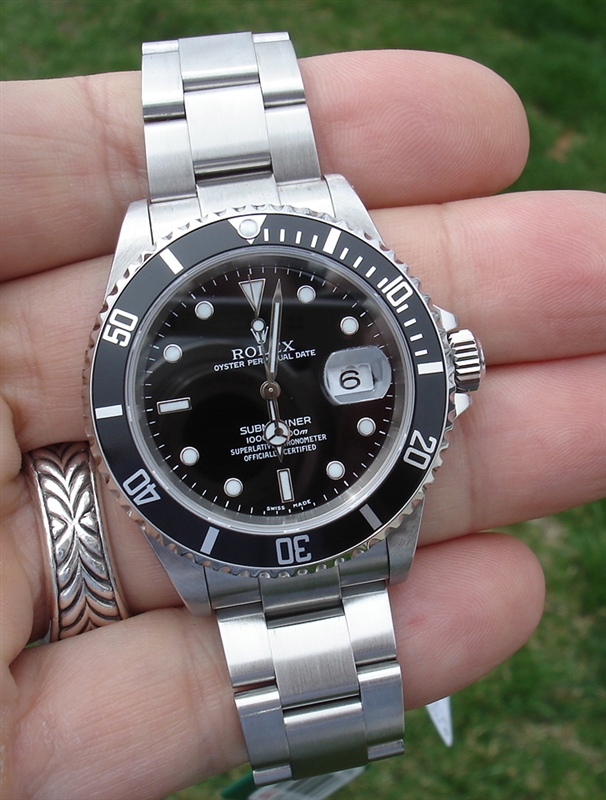White dials represent a perfect balance between function and refinement. They offer high legibility, effortless pairing with any outfit, and a quiet confidence that stands apart from more ostentatious designs. Here’s a closer look at some of the most iconic white dial Rolex watches and why they deserve a spot in your collection.
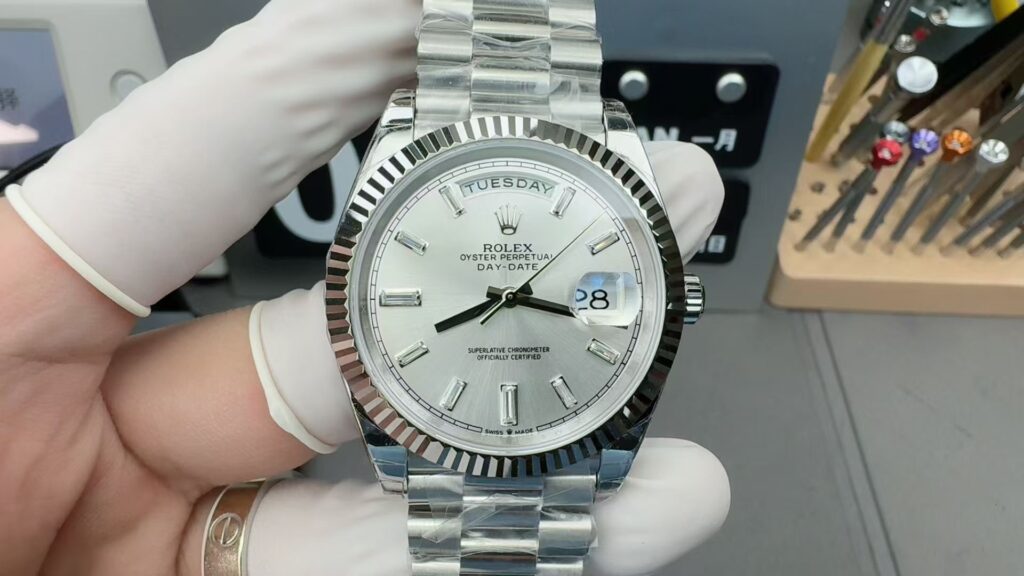
1. Explorer II “Polar” – The Ultimate Tool Watch with a Twist
The Explorer II “Polar” (ref. 216570 and earlier 16570) is one of Rolex’s most distinctive sports watches – a rugged tool piece with unexpected elegance. Originally designed for cave explorers, its matte white dial and bold black indices create striking contrast, ensuring maximum readability in any environment.
Unlike more aggressive Rolex sports models, the Polar feels refined yet adventurous – a watch that works just as well with a suit as it does with hiking gear.
2. Datejust – The Epitome of Everyday Elegance
The Datejust is Rolex’s quintessential replica watch, and in a white dial configuration, it becomes one of the most versatile watchs you can own. Whether with Roman numerals, baton markers, or diamond accents, the white dial Datejust exudes clean sophistication.
3. Daytona “Panda” – The Collector’s Grail
While black dial Daytonas are iconic, the white dial “Panda” Daytona (ref. 116500LN) has become one of the most sought-after Rolex models. Its black sub-dials against a crisp white background create a racing-inspired aesthetic that’s both sporty and luxurious.
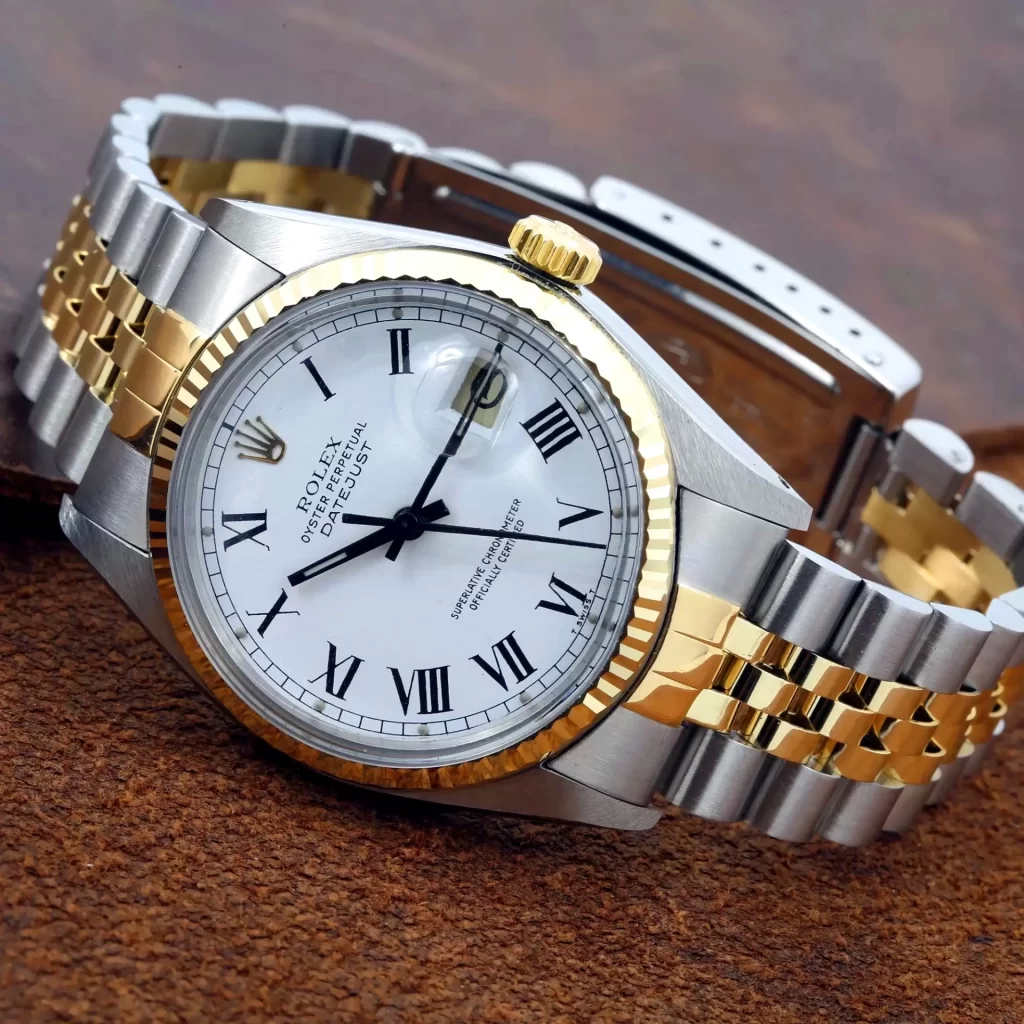
4. Milgauss – The Quirky Scientist’s Watch
The white dial Milgauss (now discontinued) is one of Rolex’s most unconventional yet fascinating models. Designed for scientists and engineers, its anti-magnetic properties and playful orange accents make it a cult favorite.
5. Vintage Air-King – Understated Class
Before the modern Air-King adopted its bold aesthetic, vintage white dial Air-Kings offered pure, minimalist elegance. These watches were slim, clean, and incredibly versatile – perfect for those who prefer subtlety over flash.
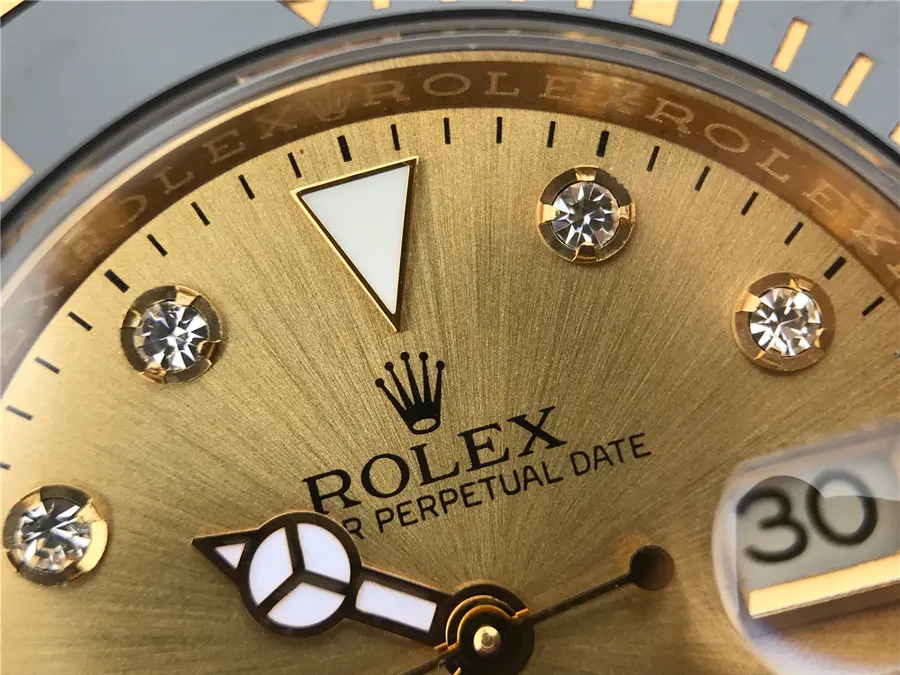
6. Sky-Dweller – Modern Luxury with Clarity
The Sky-Dweller is Rolex’s most technically advanced watch, featuring an annual calendar and dual time zone display. In a white dial configuration, its complex functions become even more legible and striking.
